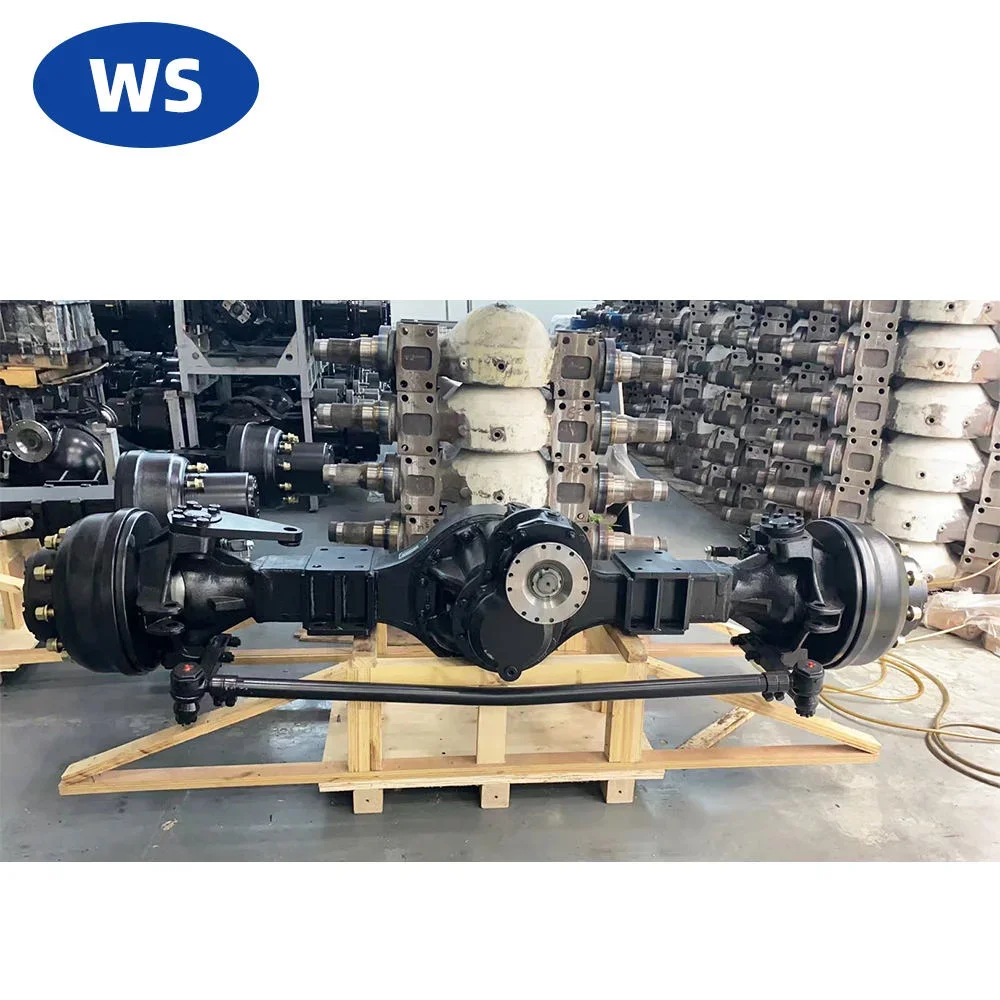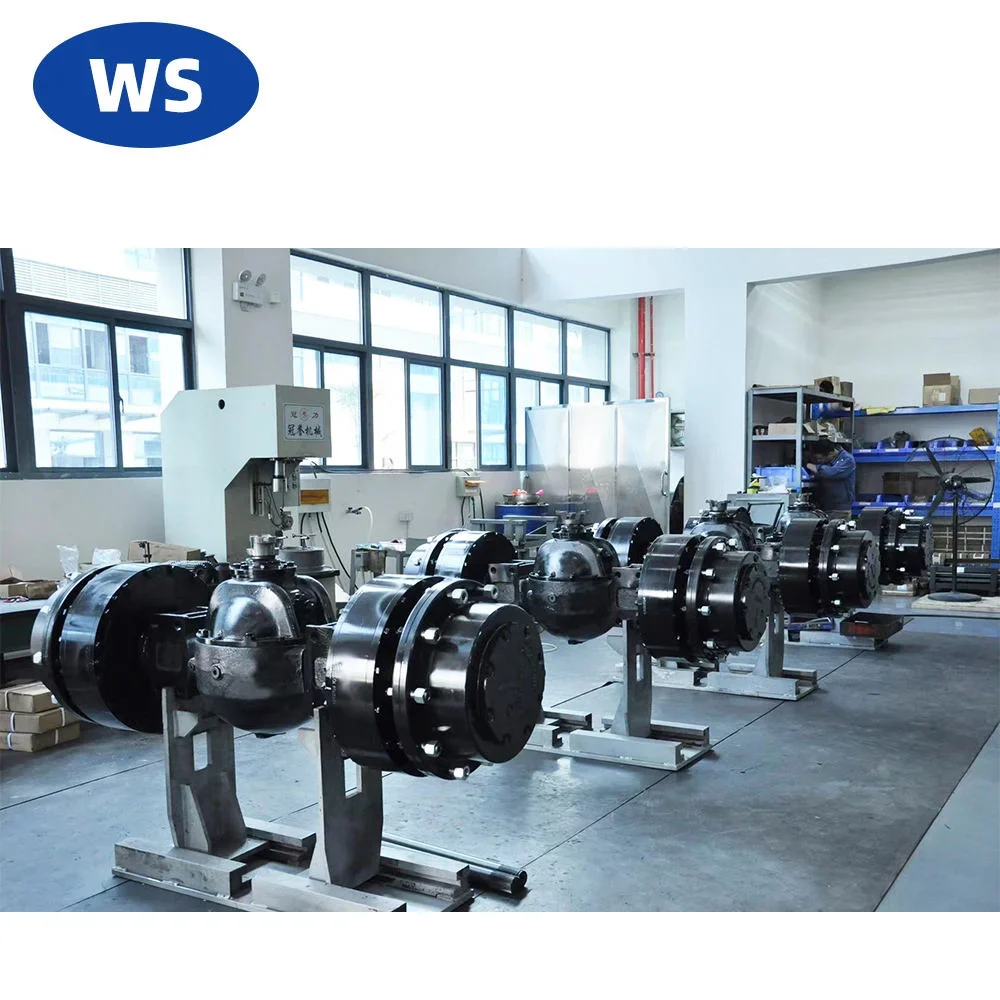When it comes to vehicle performance, there are several key components that play a crucial role in ensuring a smooth and efficient ride. Among these components, differentials and axles are often overlooked but are essential for the proper functioning of a vehicle. In this article, we will explore the significance of differentials and axles in vehicle performance, their functions, and how they contribute to overall driving experience.
What are Differentials and Axles?
Differentials:
A differential is a mechanical device that allows the wheels of a vehicle to rotate at different speeds while transmitting torque to the wheels. It is located between the drive wheels and splits the torque from the engine to each wheel. Differentials are commonly found in vehicles with rear-wheel drive, all-wheel drive, and four-wheel drive systems.
Axles:
Axles are shafts that connect the wheels to the vehicle's chassis. They transmit torque from the differential to the wheels, allowing them to rotate and propel the vehicle forward. Axles are responsible for supporting the weight of the vehicle and maintaining proper wheel alignment.

Functions of Differentials and Axles
Differential Functions:
Torque Distribution: The primary function of a differential is to distribute torque evenly between the drive wheels. This ensures that both wheels receive power from the engine, allowing for smooth acceleration and improved traction.
Wheel Speed Differentiation: Differentials enable the wheels to rotate at different speeds, especially during turns. This prevents wheel slippage and allows for better maneuverability.
Compensation for Uneven Surfaces: Differentials adjust the torque distribution between the wheels when one wheel encounters a slippery or uneven surface. This helps maintain stability and control of the vehicle.
Axle Functions:
Torque Transmission: Axles transmit torque from the differential to the wheels, allowing them to rotate and propel the vehicle forward. They play a crucial role in transferring power from the engine to the wheels.
Wheel Support and Alignment: Axles support the weight of the vehicle and maintain proper wheel alignment. They ensure that the wheels are perpendicular to the ground, providing stability and preventing excessive tire wear.
Suspension Attachment: Axles serve as a connection point for the suspension system, allowing for smooth and controlled movement of the wheels. They absorb shocks and vibrations, enhancing overall ride comfort.
Types of Differentials
Open Differential:
An open differential is the most common type found in vehicles. It allows the wheels to rotate at different speeds, providing better maneuverability during turns. However, an open differential does not provide equal torque distribution, which can lead to wheel slippage on slippery surfaces.
Limited Slip Differential (LSD):
A limited slip differential improves upon the open differential design by providing a limited amount of torque transfer to the wheel with better traction. LSDs use various mechanisms, such as clutch packs or viscous fluids, to limit wheel slippage and improve overall traction.
Locking Differential:
A locking differential is designed to provide equal torque distribution to both wheels, regardless of traction conditions. It locks the two wheels together, ensuring that they rotate at the same speed. Locking differentials are commonly found in off-road vehicles and provide maximum traction in challenging terrain.

Types of Axles
Solid Axle:
A solid axle, also known as a live axle, is a single rigid shaft that connects both wheels on an axle. It is commonly found in trucks and SUVs and provides excellent durability and load-carrying capacity. However, solid axles can result in a harsher ride and reduced maneuverability.
Independent Suspension:
Independent suspension uses separate axles for each wheel, allowing them to move independently. This design provides better ride comfort, improved handling, and enhanced traction. Independent suspension is commonly found in passenger cars and high-performance vehicles.
Impact on Vehicle Performance
Traction and Stability:
Differentials and axles play a crucial role in providing traction and stability to a vehicle. By distributing torque evenly between the wheels, they prevent wheel slippage and improve overall traction. Additionally, axles support the weight of the vehicle and maintain proper wheel alignment, ensuring stability during acceleration, braking, and cornering.
Handling and Maneuverability:
Differentials and axles significantly impact a vehicle's handling and maneuverability. The ability of differentials to allow wheels to rotate at different speeds during turns enhances maneuverability and reduces the likelihood of understeer or oversteer. Independent suspension systems, coupled with axles, provide better handling by allowing each wheel to react independently to road conditions.
Off-Road Performance:
In off-road vehicles, differentials and axles are crucial for optimal performance. Locking differentials provide maximum traction in challenging terrain, allowing all wheels to rotate at the same speed. Solid axles offer durability and load-carrying capacity, making them ideal for off-road applications.

Conclusion
Differentials and axles are often overlooked components when it comes to vehicle performance. However, their functions and contributions to traction, stability, handling, and off-road performance are undeniable. Understanding the role of differentials and axles in a vehicle can help drivers appreciate their significance and make informed decisions when it comes to vehicle modifications or upgrades.


